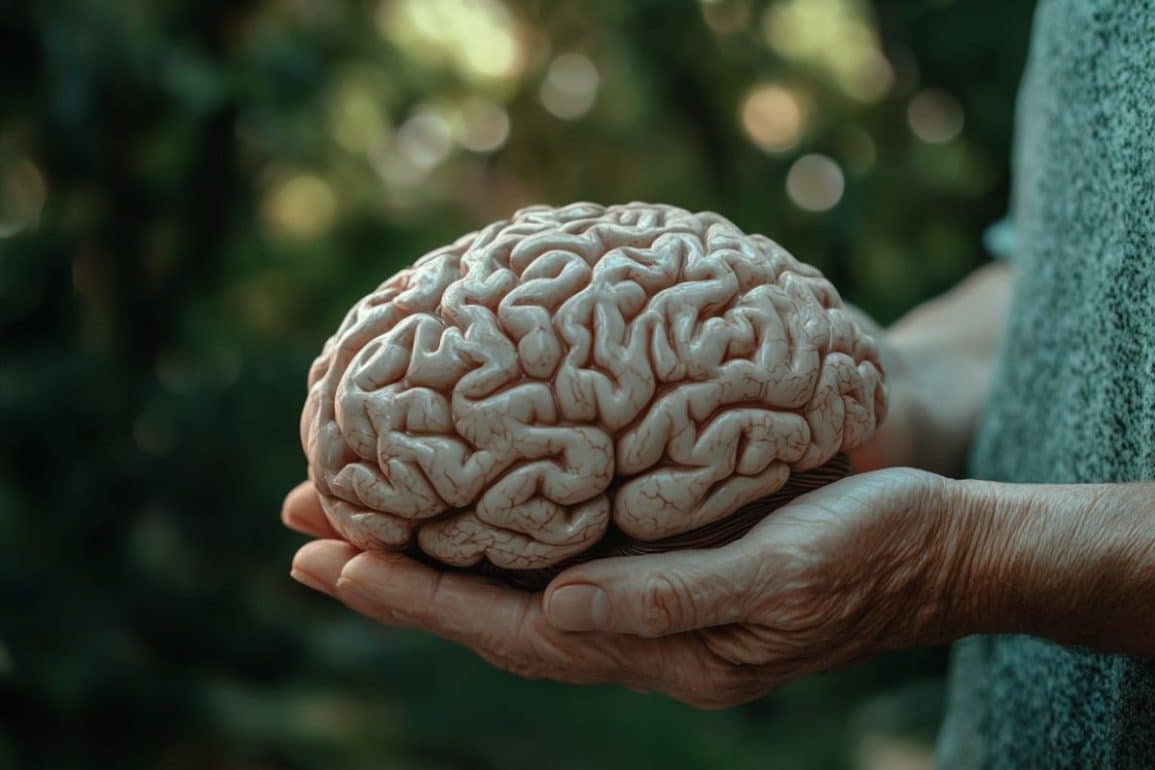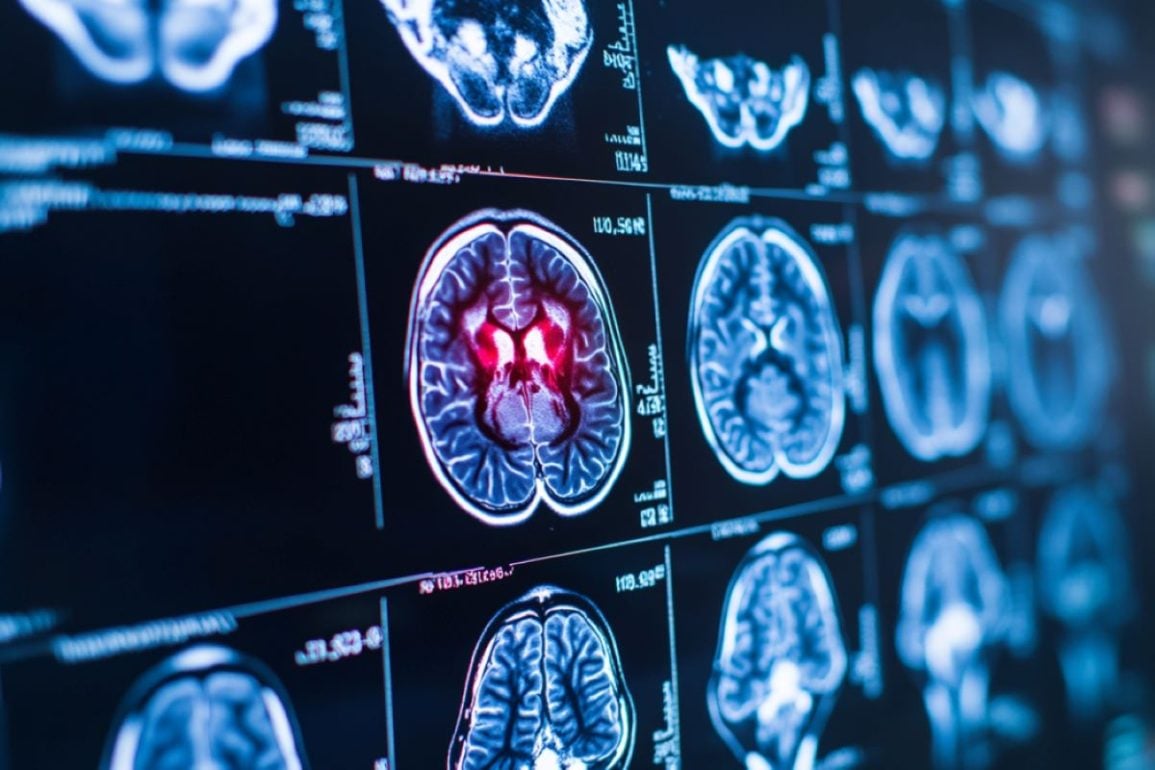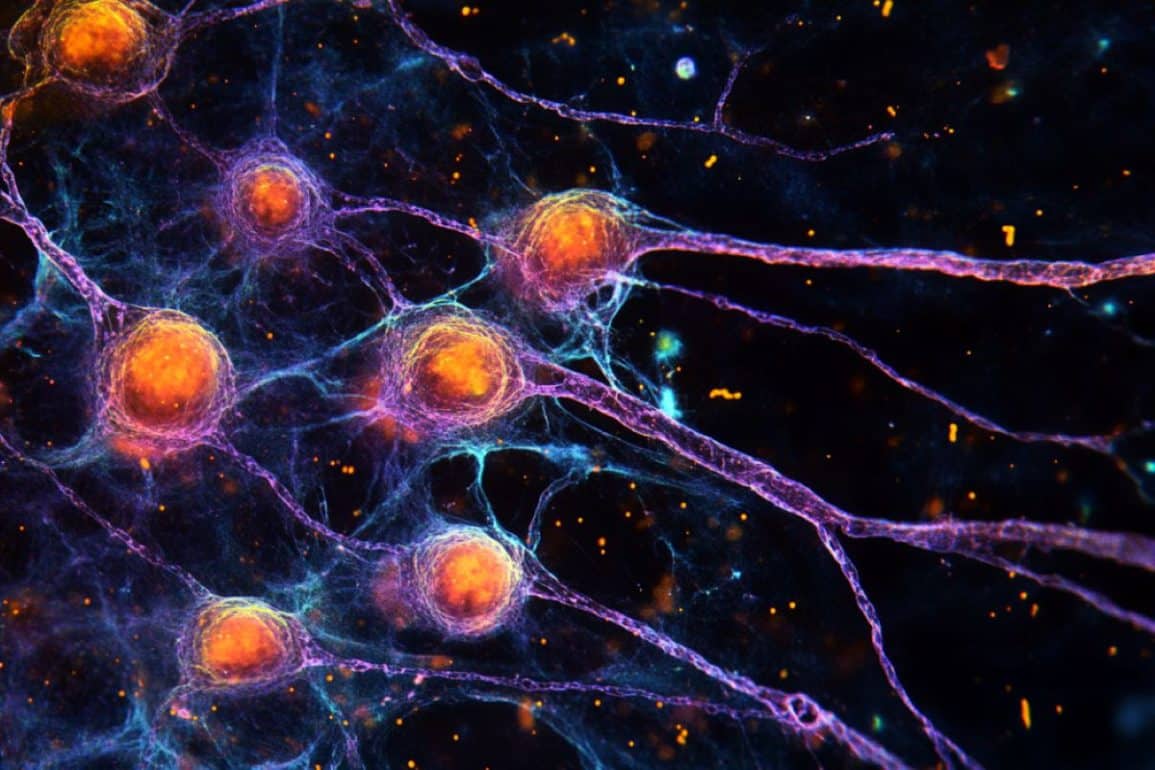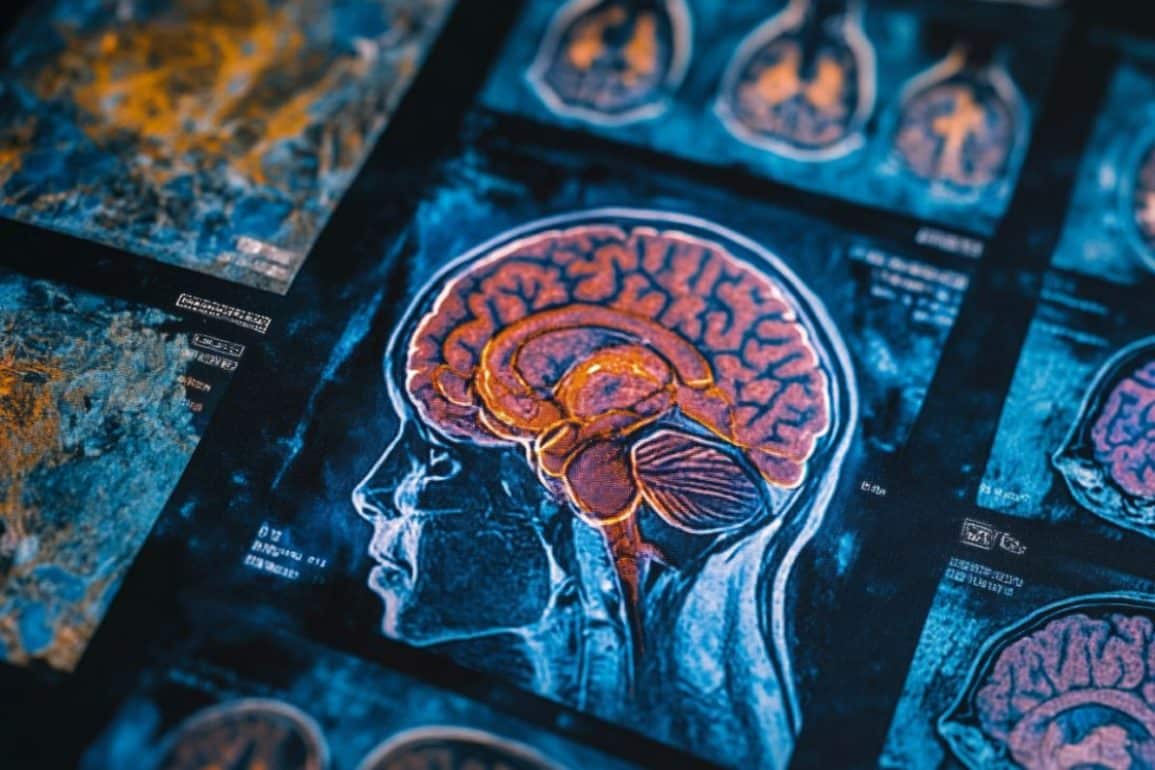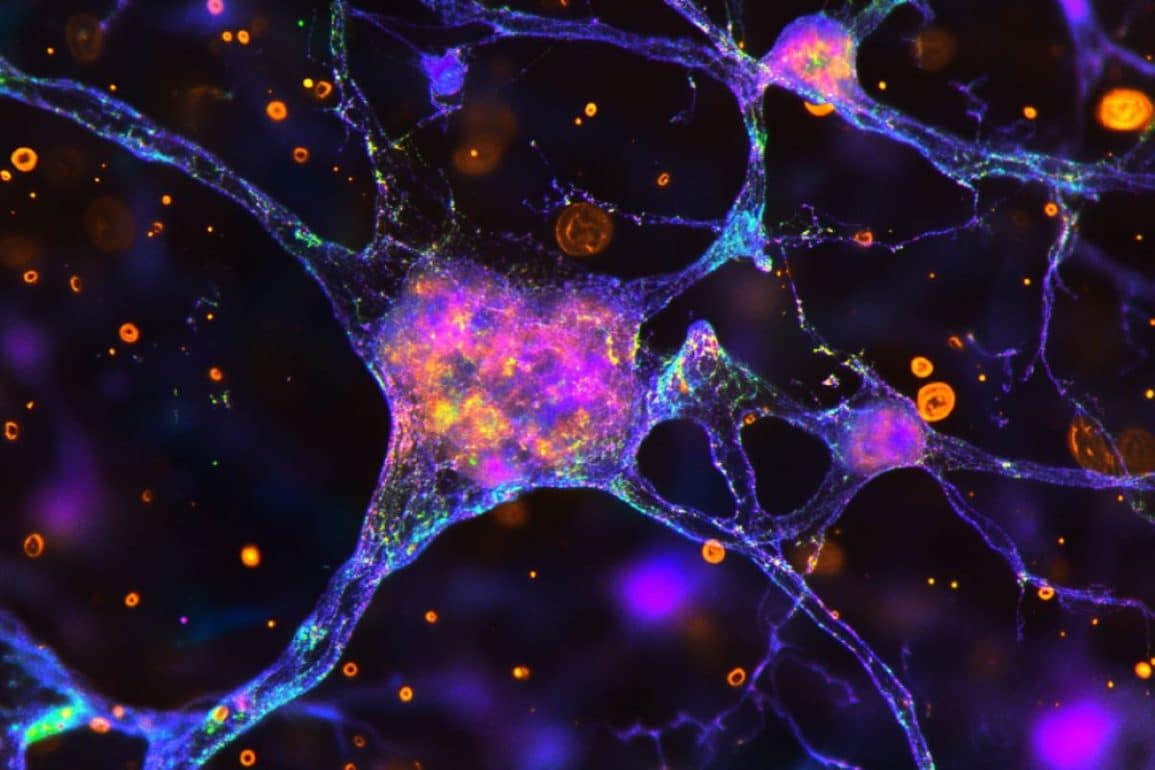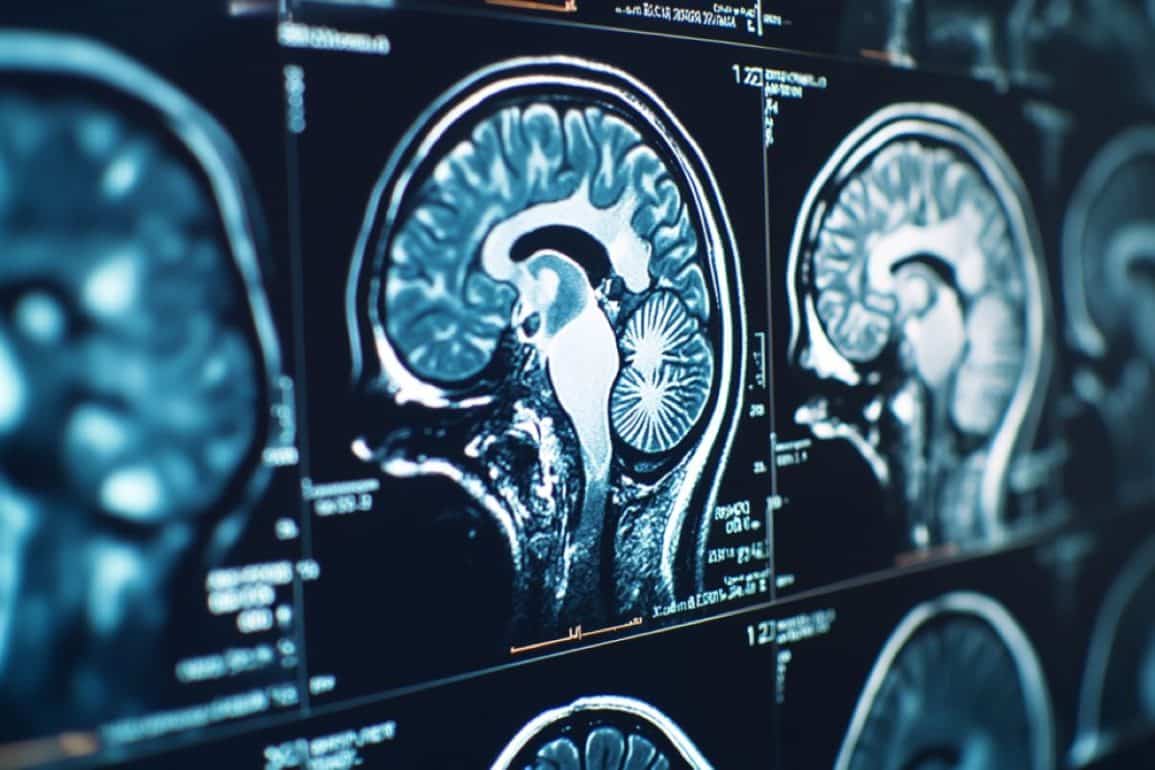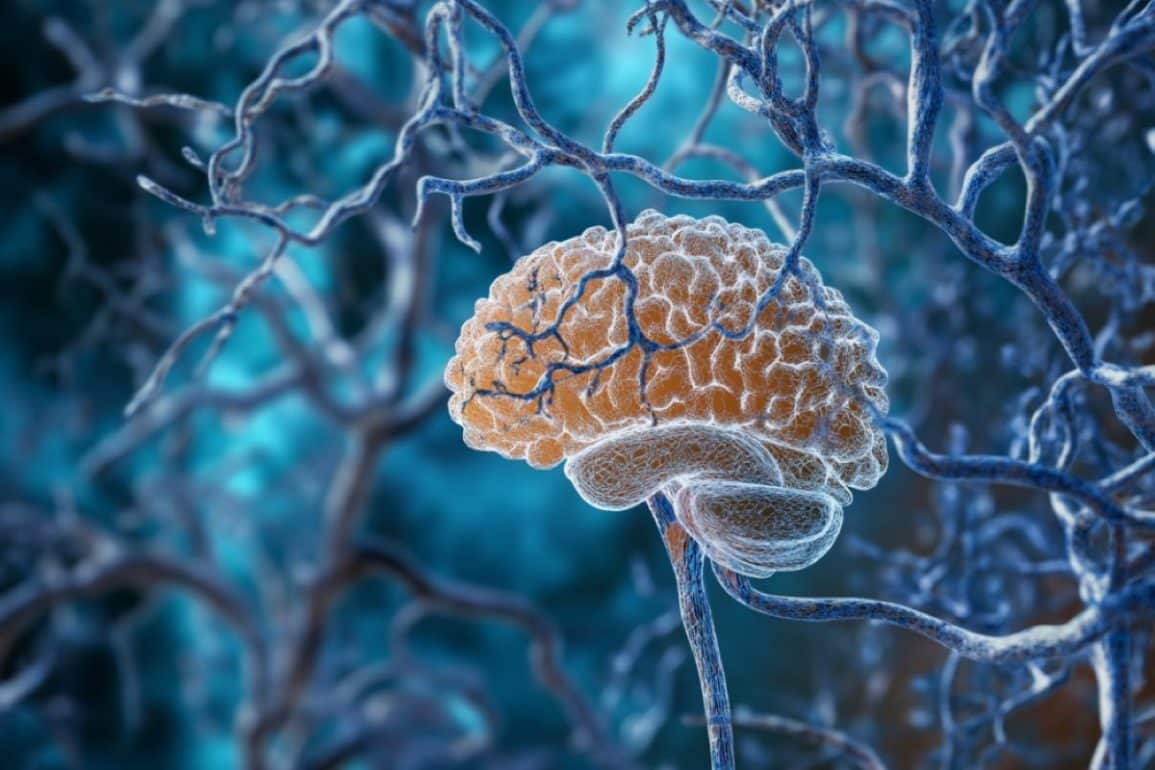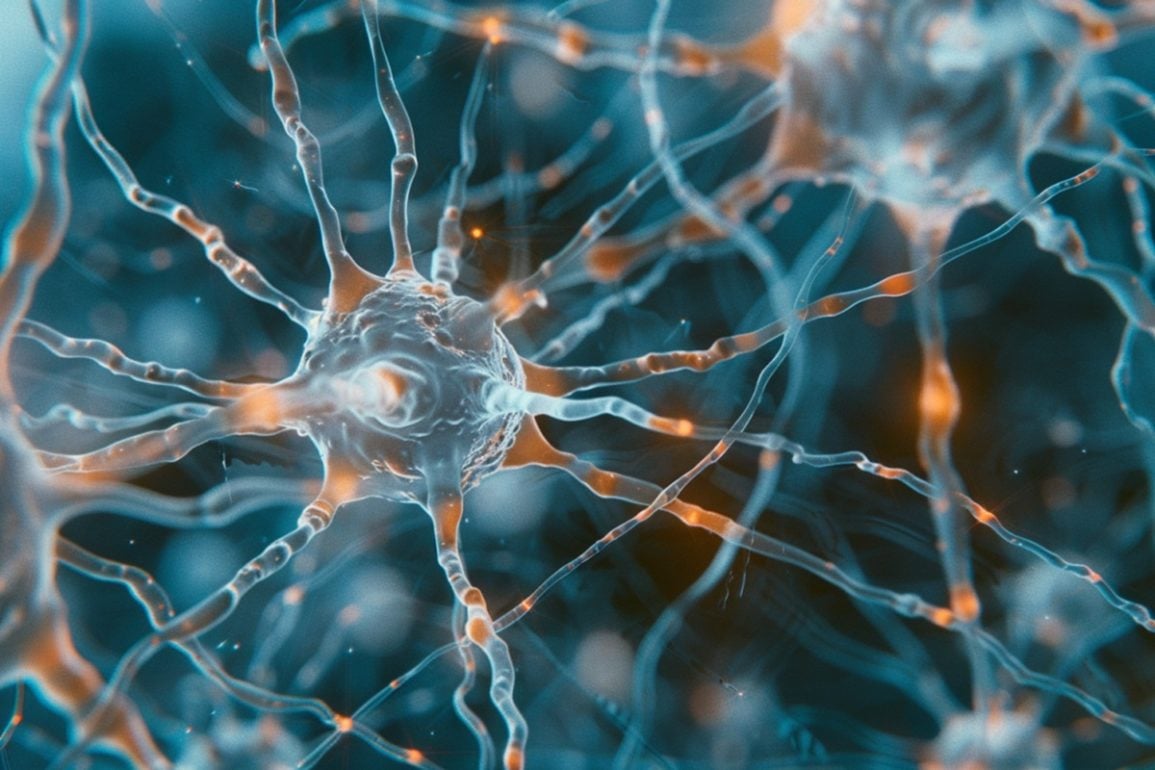Tau Levels Predict Memory Loss in Alzheimer’s
 Alzheimer's disease (AD) progression varies based on the presence of tau and amyloid-beta (Aβ) proteins in the brain. Patients with high levels of both tau and Aβ experience rapid memory decline, while those with high Aβ but low tau show a slower progression. The research emphasizes that tau levels are crucial for diagnosing and managing AD effectively. This insight could lead to more personalized treatment strategies as biomarker technology advances.
Alzheimer's disease (AD) progression varies based on the presence of tau and amyloid-beta (Aβ) proteins in the brain. Patients with high levels of both tau and Aβ experience rapid memory decline, while those with high Aβ but low tau show a slower progression. The research emphasizes that tau levels are crucial for diagnosing and managing AD effectively. This insight could lead to more personalized treatment strategies as biomarker technology advances. 
